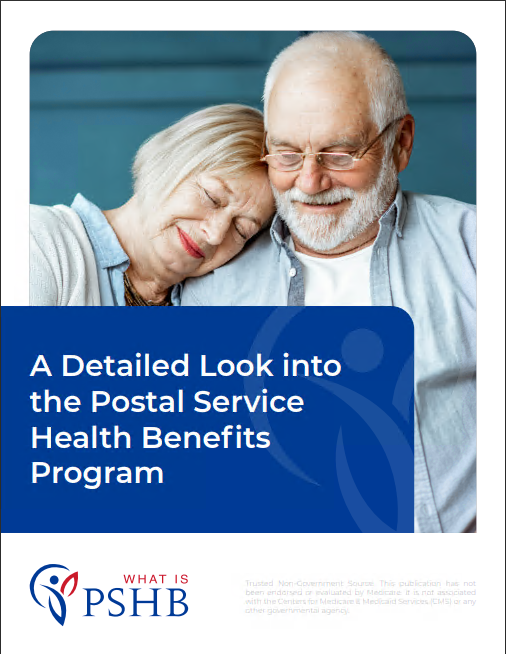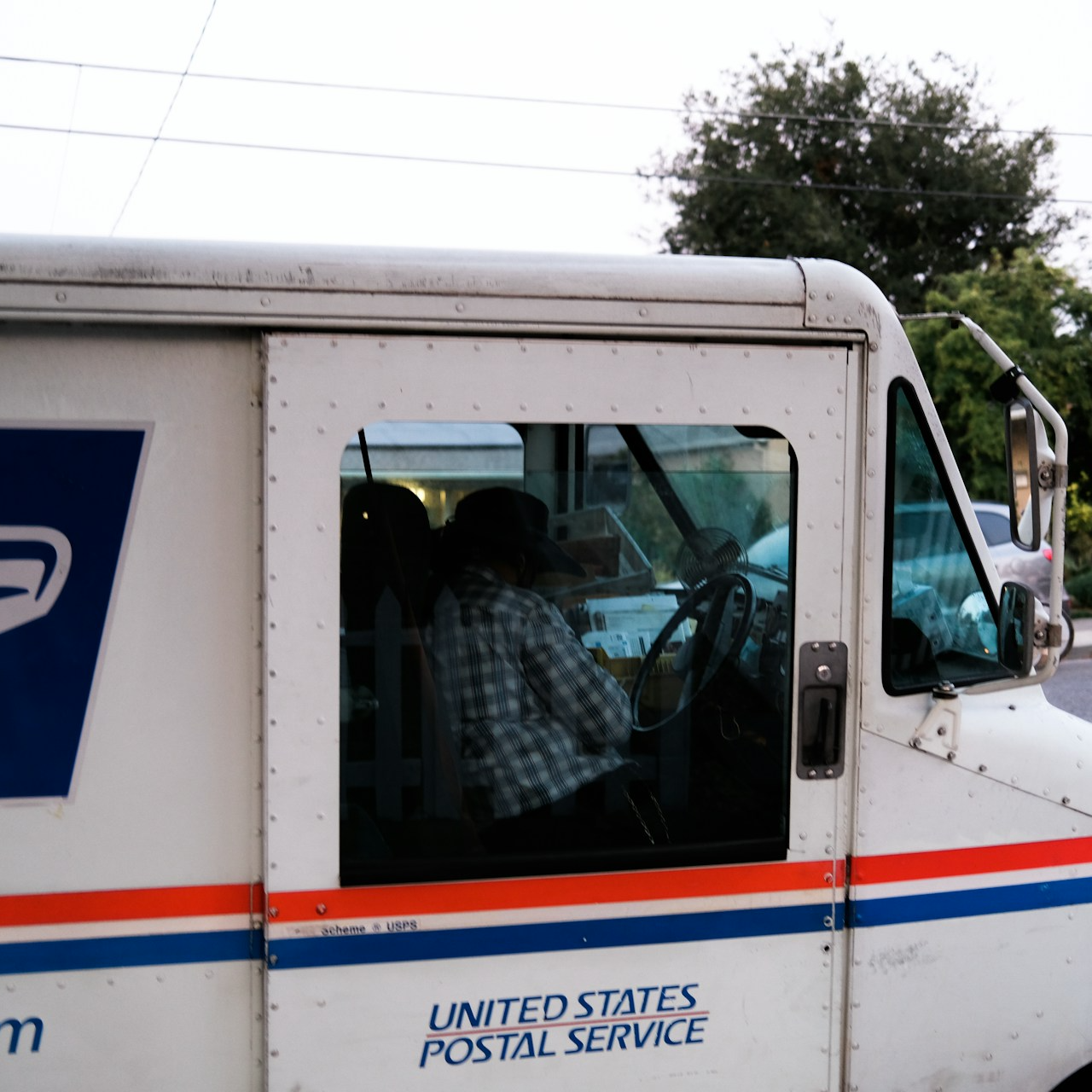Key Takeaways
- Medicare Supplement plans, or Medigap, can help postal retirees manage out-of-pocket healthcare costs by covering expenses not included in Original Medicare.
- Understanding the benefits, costs, and enrollment process of Medigap plans is essential for optimizing your healthcare coverage in retirement.
Postal Retirees: Improve Your Medicare with Supplement Plans
Retirement is a significant transition, and for postal workers, ensuring comprehensive healthcare coverage is a crucial aspect of planning for this new phase of life. While Original Medicare (Part A and Part B) provides a solid foundation for healthcare coverage, it doesn’t cover everything. This is where Medicare Supplement plans, commonly known as Medigap, come into play. These plans can help fill the gaps left by Original Medicare, providing additional financial protection and peace of mind. This article explores how postal retirees can improve their Medicare coverage with Medigap plans.
Understanding Medicare Supplement Plans
Medicare Supplement plans, or Medigap, are insurance policies sold by private companies designed to cover some of the healthcare costs that Original Medicare doesn’t, such as copayments, coinsurance, and deductibles. These plans can make healthcare expenses more predictable and manageable, especially for retirees on a fixed income.
Key Features of Medigap Plans
- Standardized Benefits: Medigap plans are standardized by the federal government, meaning the benefits of each plan are consistent across all insurance companies. This makes it easier to compare plans and choose one that fits your needs.
- Guaranteed Renewable: As long as you pay your premiums, Medigap plans are guaranteed renewable. Your insurance company can’t cancel your policy due to health issues.
- Wide Acceptance: Medigap plans are accepted by any healthcare provider that accepts Medicare, providing extensive access to healthcare services.
- Coverage Options: There are ten standardized Medigap plans, labeled A through N, each offering a different combination of benefits. This variety allows retirees to choose a plan that best suits their healthcare needs and budget.
What Medigap Plans Cover
Medigap plans can cover various out-of-pocket costs, including:
- Part A Coinsurance and Hospital Costs: Covers coinsurance and additional hospital costs up to 365 days after Medicare benefits are exhausted.
- Part B Coinsurance or Copayments: Covers coinsurance or copayments for Part B services.
- Blood: Covers the first three pints of blood needed for a medical procedure.
- Part A Hospice Care Coinsurance or Copayments: Covers coinsurance or copayments for hospice care.
- Skilled Nursing Facility Care Coinsurance: Covers coinsurance for skilled nursing facility care.
- Part A Deductible: Covers the Part A deductible.
- Part B Deductible: Some plans cover the Part B deductible.
- Part B Excess Charges: Covers excess charges not paid by Medicare.
- Foreign Travel Emergency: Covers emergency healthcare costs while traveling outside the U.S.
Benefits of Medigap for Postal Retirees
Financial Protection
One of the primary benefits of Medigap plans is the financial protection they offer. By covering out-of-pocket expenses, Medigap plans can significantly reduce the financial burden of healthcare costs. This is especially important for retirees on a fixed income who need predictable and manageable expenses.
Predictable Healthcare Costs
Medigap plans can make healthcare costs more predictable. With set premiums and reduced out-of-pocket expenses, retirees can better budget for healthcare costs and avoid unexpected medical bills.
Comprehensive Coverage
Medigap plans provide comprehensive coverage that complements Original Medicare. This combination ensures that retirees have access to a wide range of healthcare services without worrying about significant out-of-pocket costs.
Nationwide Coverage
Medigap plans are accepted by any healthcare provider that accepts Medicare, providing nationwide coverage. This is particularly beneficial for retirees who travel frequently or live part of the year in different locations.
Choosing the Right Medigap Plan
Assess Your Healthcare Needs
Before choosing a Medigap plan, it’s essential to assess your healthcare needs. Consider your current health status, any chronic conditions, and the types of healthcare services you anticipate needing in the future. This assessment will help you choose a plan that provides the necessary coverage.
Compare Plans and Costs
Since Medigap plans are standardized, the benefits of each plan type are the same across different insurance companies. However, the premiums can vary. It’s essential to compare plans and costs from different insurers to find the best value for your needs.
Understand the Enrollment Periods
The best time to enroll in a Medigap plan is during your Medigap Open Enrollment Period. This six-month period begins the first month you are 65 or older and enrolled in Medicare Part B. During this time, you have guaranteed issue rights, meaning you can buy any Medigap policy sold in your state without medical underwriting. After this period, you may be subject to medical underwriting, which could result in higher premiums or denial of coverage based on pre-existing conditions.
Consider Additional Benefits
While all Medigap plans cover basic benefits, some plans offer additional coverage options, such as coverage for foreign travel emergencies. If you travel frequently, you may want to consider a plan that includes these extra benefits.
Navigating the Enrollment Process
Initial Enrollment
The Medigap Open Enrollment Period is the best time to enroll in a Medigap plan. During this six-month window, you can purchase any Medigap plan available in your state without medical underwriting. This period starts the month you turn 65 and are enrolled in Medicare Part B.
Special Enrollment Periods
In some cases, you may qualify for a Special Enrollment Period (SEP), allowing you to enroll in a Medigap plan outside the standard enrollment periods. SEPs can occur if you lose other health coverage or move out of your plan’s service area.
Working with an Insurance Agent
Navigating the various Medigap plans and enrollment periods can be complex. Working with a licensed insurance agent who specializes in Medicare can help simplify the process. An agent can provide personalized advice, help you compare plans, and assist with the enrollment process.
Making the Most of Your Medigap Coverage
Stay Informed
Healthcare and insurance regulations can change, so it’s essential to stay informed about any updates that could affect your coverage. Regularly review your Medigap plan and keep up with changes in Medicare regulations.
Use Preventive Services
Medicare covers a range of preventive services, such as screenings and vaccinations, which can help detect health issues early and maintain your overall health. Take advantage of these services to stay healthy and avoid more costly medical treatments down the road.
Review Your Coverage Annually
Your healthcare needs may change over time, so it’s essential to review your Medigap coverage annually. During Medicare’s Open Enrollment Period, review your plan to ensure it still meets your needs. If necessary, consider switching to a different plan that offers better coverage or lower premiums.
Conclusion
For postal retirees, Medigap plans offer an excellent way to enhance your Medicare coverage and protect yourself from high out-of-pocket healthcare costs. By understanding the benefits of Medigap plans, assessing your healthcare needs, and carefully choosing the right plan, you can enjoy comprehensive healthcare coverage and financial peace of mind in retirement. Working with a licensed insurance agent and staying informed about your options can help you navigate the complexities of Medigap and ensure you make the best choices for your healthcare needs.
Contact Information:
Email: [email protected]
Phone: 6615550123









